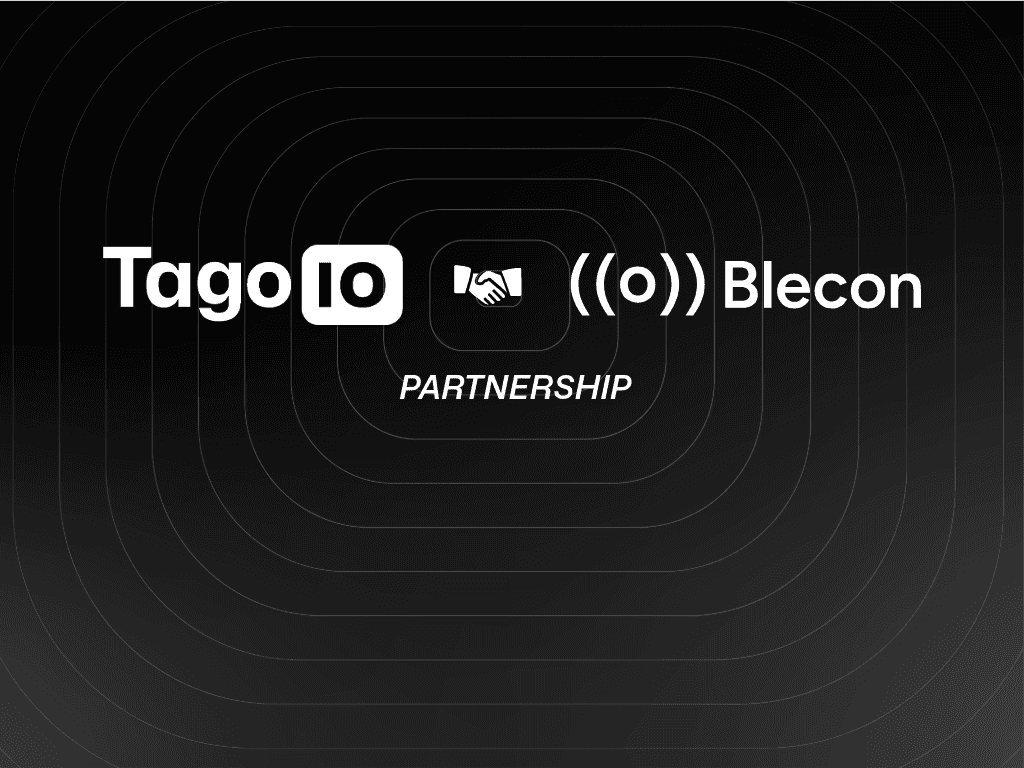Blog
Tech Insigths
Satellites for IoT Applications in harsh environments
Discover the potential of Low Earth Orbit (LEO) satellites for IoT applications with TagoIO. Learn how sattelite technology can improve connectivity and data collection.

TagoIO Team
Dec 14, 2022



As the world becomes increasingly connected, there is a growing need for efficient and reliable ways to collect and transmit data. One promising solution is using Low Earth Orbit satellites for IoT (Internet of Things) applications. This technology has the potential to provide cost-effective, real-time data collection and transmission for a variety of industries and organizations. This blog post will explore the potential of using Low Earth Orbit satellites for IoT applications, discussing the advantages of this technology, as well as its feasibility for widespread implementation.
What are Low Earth Orbit (LEO) satellites?
Low Earth Orbit satellites, commonly referred to as LEOs, are small satellite systems that can be used by companies or entities to expand the reach of their IoT applications and services. LEOs circle Earth at a much lower altitude than traditional geostationary satellites (typically orbiting at an altitude of 2,000 km [1,200 mi] or less), enabling IoT solutions with global coverage while avoiding latency issues. Because LEOs enable lower costs, lower latency communications, and broader coverage capabilities, these IoT-enabling satellite systems are becoming increasingly popular for businesses worldwide.
There are several startups, as well as mature companies, that are launching more and more LEOs:

Swarm satellite dimensions: ¼U (11 x 11 x 2.8 cm).
The benefits of using LEOs for IoT
A major advantage of IoT is gathering and sending data from various resources and applications. However, a reliable data-transmitting method can be difficult to find, or too expensive, in applications located in harsh environments like agriculture or tracking. Low Earth Orbit satellites can be a viable and low-cost solution for those applications in troublesome places.
Low Earth Orbit satellites, such as Myriota’s IoT satellite, bring IoT connectivity worldwide at a fraction of the cost and time associated with traditional forms of communication. These satellites allow IoT applications to communicate over long distances using minimal energy. This makes them an invaluable tool for global IoT deployments in various environments, from remote industrial sites to applications in the middle of the ocean. The value of IoT satellites cannot be overstated, as they provide reliable and nearly ubiquitous global coverage for IoT applications at a fraction of the cost associated with traditional communication links.
How to get started with using LEOs for IoT
Low Earth Orbit satellites provide an ideal choice for businesses seeking an efficient and cost-effective way to reap all the benefits of IoT. Some companies provide very simple, inexpensive, and easy-to-get-started-with satellite connectivity.
For example, Swarm offers satellite modules and kits ready to be shipped to those who want to collect data from basically anywhere in the world. With the hardware in hand, you only need to create an account and pay for the connectivity; Swarm offers an easy way to purchase annual plans for $60 USD, allowing you to receive 750 messages from each device each month. The plan also includes sending 60 messages to each device each month. Each uplink message can contain up to 192 Bytes per packet.
Myriota, Astrocast, and other satellite providers offer similar solutions that are also worth looking into.
With these providers, you can send all the data being managed by the satellite to your database or IoT application. Using the TagoIO IoT platform, for example, you can easily forward data to your account to create visualizations, reports, alerts, analytics, and user management.

Myriota Developer Starter Pack (Source: Myriota)
Case studies of businesses using LEOs for IoT
Even though these satellites are a fairly new technology, many case studies as well as use cases have started to showcase their usability and importance, especially in areas where typical communication technology can’t reach, or would be too expensive to use.
In partnership with the South Australian Department for Environment and Water, Myriota recently worked on a case study to improve groundwater bore monitoring and management. Their project was made possible with the help of LEOs since the groundwater bores are sometimes located in remote areas.
GREATECH utilized the Swarm technology to prevent catastrophic flood damage in Europe. The project, which provided affordable flood alert solutions through LEOs, helped save many lives that might have otherwise been lost.
The preceding examples are only a few of the possibilities made available by LEOs; there are countless more. Additionally, the future holds even more potential as connectivity costs continue to reduce and more satellites are launched.
The future of LEOs and IoT
With the IoT trend proliferating, these satellites are needed more than ever, as vast data streams need reliable transmission channels beyond the capacities of existing terrestrial networks. As we mentioned, many companies have already started investing in LEOs. The Union of Concerned Scientists has even stated that at least 4,700 LEOs are currently orbiting the earth, and the number of those satellites could increase to 100,000 by 2030, creating more access and availability to remote areas.
The future of LEOs and IoT is exciting, and we at TagoIO look forward to helping more customers take advantage of this technology by providing a platform that can process the data sent by satellites, and provide visualization and automation with this data.
TagoIO already provides easy integration with LEOs, including a step-by-step guide to connect with the Myriota portal in our community.

TagoIO Team


